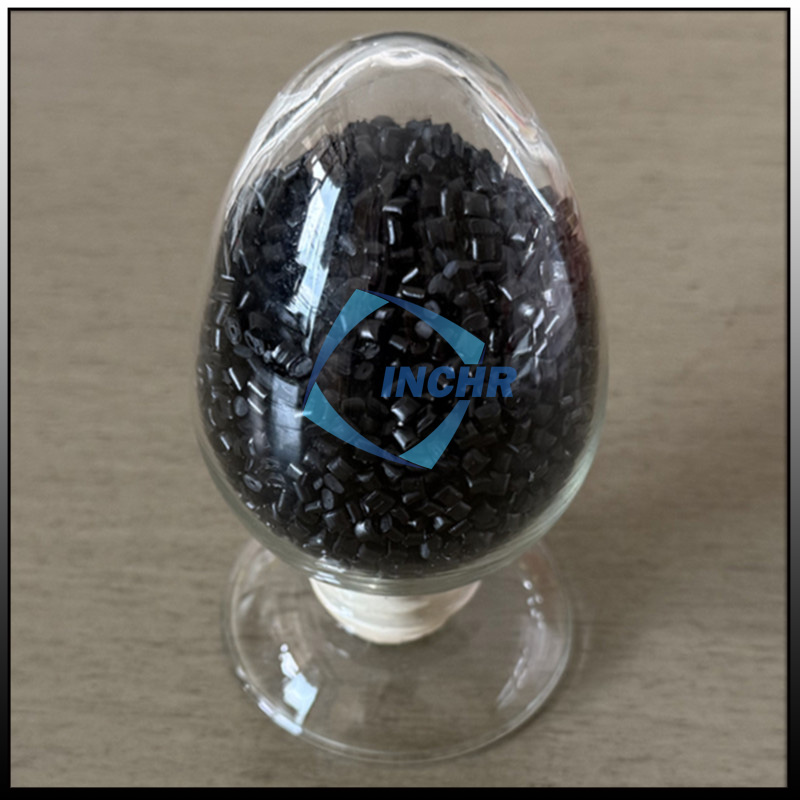In the race toward lighter, stronger, and more sustainable solutions, Carbon Fiber Reinforced Plastic (CFRP) has emerged as a frontrunner, revolutionizing industries with its unparalleled properties. As global demands for efficiency, durability, and eco-conscious design intensify, CFRP is not just keeping pace—it’s leading the charge. Let’s explore how this advanced composite material is setting new benchmarks across sectors and shaping the future of technology.

What Makes Carbon Fiber Reinforced Plastic a Leader in Material Science?
CFRP combines ultra-thin carbon fibers embedded in a polymer matrix (often epoxy) to create a material that marries strength, lightness, and adaptability. Its standout features include:
Unmatched Strength-to-Weight Ratio: Up to 10 times stronger than steel and 70% lighter.
Corrosion and Fatigue Resistance: Thrives in harsh environments where metals fail.
Design Versatility: Moldable into complex shapes for precision engineering.
Sustainability Potential: Long lifespan and recyclability advancements reduce environmental impact.
These attributes position CFRP as a cornerstone of modern engineering, enabling breakthroughs that traditional materials cannot match.
Carbon Fiber Reinforced Plastic Leadership Across Key Industries
1. Aerospace: Pioneering Lighter, Greener Skies
CFRP’s dominance in aerospace is undeniable. Modern aircraft like the Airbus A350 and Boeing 787 use CFRP for over 50% of their structures, achieving:
Fuel Efficiency: A 20% weight reduction cuts fuel use by 10–15%, slashing CO₂ emissions.
Extended Flight Range: Lighter airframes enable non-stop long-haul routes.
Reduced Maintenance: CFRP resists corrosion, minimizing downtime and lifecycle costs.
As hydrogen-powered and electric aircraft concepts gain traction, CFRP will remain critical for balancing weight and performance.
2. Automotive: Driving the Electric Revolution
CFRP is accelerating the shift to electric vehicles (EVs) and autonomous driving. Innovations like Tesla’s structural battery packs and BMW’s i-series highlight its role in:
Maximizing EV Range: Lightweight CFRP components offset heavy batteries, improving efficiency.
Crash Safety: High energy absorption protects passengers while maintaining sleek designs.
Modular Manufacturing: 3D-printed CFRP parts enable rapid prototyping and customization.
With automakers targeting net-zero goals, CFRP’s recyclable variants are poised to become mainstream.
3. Renewable Energy: Enabling Larger, Smarter Turbines
Wind energy relies on CFRP to push boundaries. Modern turbine blades stretch beyond 100 meters, thanks to CFRP’s strength and flexibility. Benefits include:
Higher Energy Yield: Longer blades capture more wind, boosting output by 20%.
Transport Efficiency: Modular CFRP designs simplify logistics for offshore installations.
Durability: Resistant to UV radiation and saltwater, CFRP blades last 25+ years.
As wind farms expand globally, CFRP ensures scalability without compromising reliability.
4. Medical Tech: Redefining Precision and Care
CFRP’s biocompatibility and imaging-friendly nature make it indispensable in healthcare:
Prosthetics and Exoskeletons: Lightweight CFRP enhances mobility for patients.
Surgical Robotics: Non-metallic tools improve compatibility with MRI machines.
Implants: CFRP’s strength and compatibility reduce rejection risks.
The material’s adaptability supports personalized medical solutions, aligning with trends in patient-specific care.
5. Sports and Consumer Goods: Elevating Performance
From Tour de France bikes to premium luggage, CFRP delivers:
Speed and Agility: Lightweight tennis rackets and bicycles optimize athlete performance.
Luxury Appeal: High-end watches and automotive interiors leverage CFRP’s sleek aesthetics.
Durability: Equipment withstands extreme conditions, from mountain slopes to urban commutes.
Why Carbon Fiber Reinforced Plastic is the Material of Tomorrow
Sustainability Leadership: Innovations in recycling (e.g., pyrolysis and solvolysis) address end-of-life challenges, aligning with circular economy goals.
Cost-Effective Evolution: Automated layup techniques and bio-based resins are lowering production costs.
Synergy with Emerging Tech: CFRP integrates with AI-driven design, IoT-enabled quality control, and additive manufacturing for smarter production.
Challenges and the Road Ahead
While CFRP leads, hurdles persist:
High Initial Costs: Energy-intensive production remains a barrier, but renewable energy-powered factories offer solutions.
Recycling Complexity: New methods like chemical recycling promise to recover pure carbon fibers efficiently.
The future will see CFRP expand into untapped sectors like construction (earthquake-resistant structures) and marine engineering (lightweight hulls). Research into self-healing CFRP and nanotechnology-enhanced variants could unlock even greater potential.
Conclusion
Carbon Fiber Reinforced Plastic isn’t just participating in the march of progress—it’s leading it. By delivering unmatched performance, sustainability, and adaptability, CFRP empowers industries to reimagine what’s possible. As technology evolves and global challenges mount, this visionary material will continue to pave the way for a lighter, stronger, and greener future.



